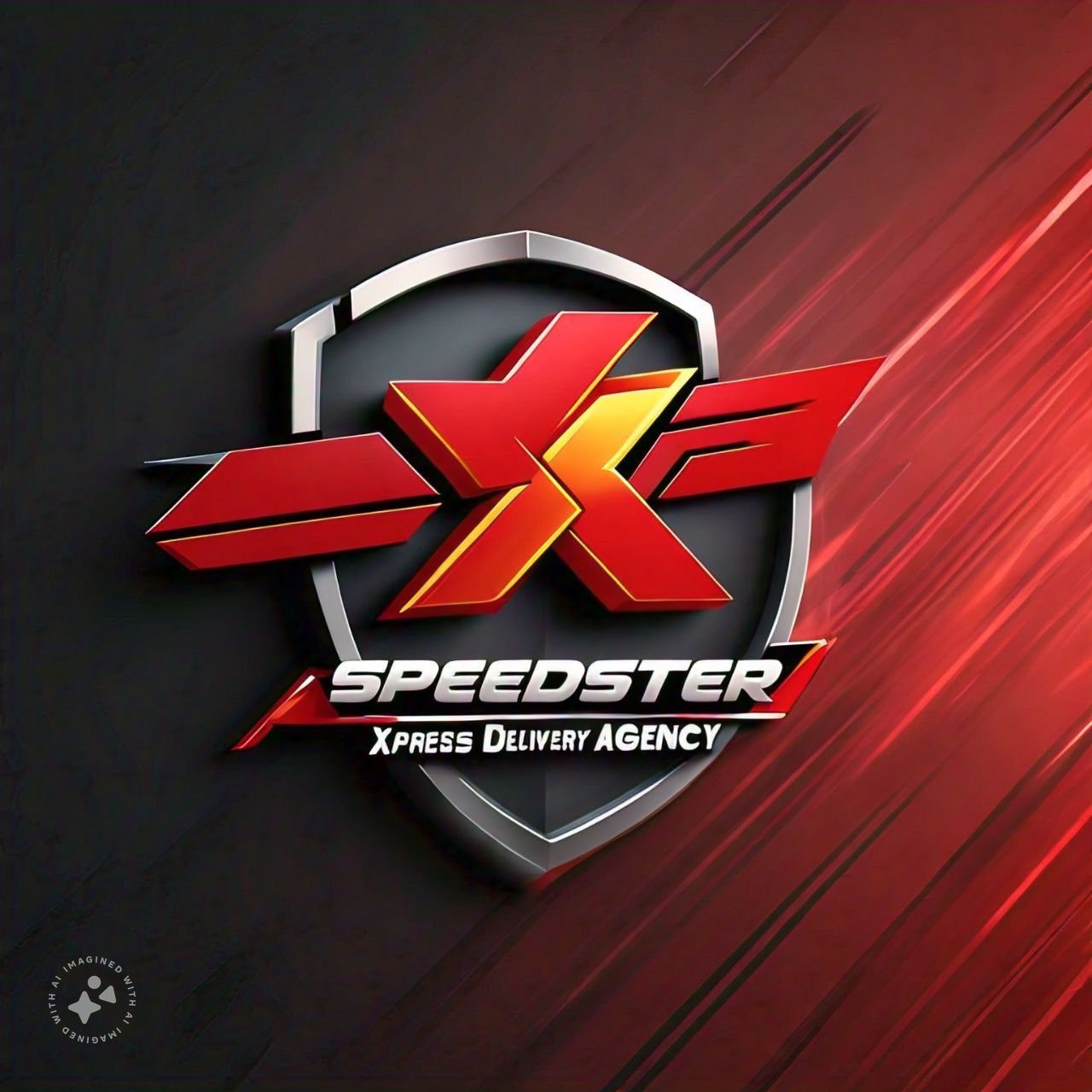SPEEDSTER XPRESS LOGISTIC HELPS YOU REALISE YOUR BUSINESS GOALS
PROVIDING FIRST CLASS FREIGHT SERVICES

Logistics involves managing the movement of resources. This not only includes products, but the movement and storage of materials, tools, equipment, services, people and information. It includes transportation, packaging, warehousing, materials handling and condition management. It involves both forward and reverse flow, as well as managing inventory and warehousing. Logistics tracking refers to the methods and systems used for tracking resources throughout their movement and storage. With SPEEDSTER XPRESS you’ll know where your products, materials, or other resources are physically located at any time, as well as what is scheduled.
SPEEDSTER XPRESS Used in Production Logistics
Production logistics involves ensuring each machine and workstation has the needed resources, when those resources are needed. Logistics tracking is critically important for production logistics to be successful. Manufacturing is a constantly changing environment, and it is commonly necessary to adjust the flow of materials to prevent both shortages and over-supply. SPEEDSTER XPRESS provides the real-time status of the supply chain allowing adjustments to be made as needed

What Does Logistics Mean in Shipping?
Logistics in shipping refers to the management of the flow of goods, information, and resources between the point of origin and the point of consumption to meet customer requirements. Logistics play a crucial role in shipping, ensuring that goods are efficiently transported from manufacturers or suppliers, to consumers or end-users, taking into account factors such as cost, time, and reliability.
Efficient logistics operations are essential for optimizing supply chain performance and meeting customer demands.
Here are some of the ways shipping stakeholders track logistics in today’s industry:
- Container tracking: companies use tracking systems to monitor the location and status of containers on ships
- Vessel tracking: vessels are equipped with automatic identification system (AIS) transponders, which broadcast their position and other information to nearby vessels and shore-based stations
- Port operations tracking: monitoring cargo during loading, unloading, and storage at ports. This includes tracking the movement of containers within the port facility and ensuring efficient handling of cargo
- Supply chain visibility: provides stakeholders with visibility into the entire supply chain, allowing them to anticipate delays, optimize routes, and improve overall efficiency
- Data integration: used with other logistics management software, such as inventory management systems and transportation management systems, to provide a comprehensive view of cargo movement from end to end
- Risk management: identify and mitigate risks such as theft, damage, and delays caused by factors such as adverse weather conditions, or port congestion

Use Speedster to Simplify Logistics Tracking
Managing logistics tracking data, particularly across multiple vessels or shipments, can be daunting due to its sheer volume. But incorporating milestones into the process can greatly facilitate data management. These milestones serve as pivotal points along the supply chain, aiding in monitoring progress and ensuring shipment alignment.
Key milestones – such as departure from origin, arrival at transit hubs, and final delivery – provide clear checkpoints for stakeholders to track goods efficiently. They establish standardized reference points for communication and collaboration among various parties involved, including shippers, carriers, freight forwarders, and customers.
Milestones also enable the automation of tracking and reporting functions, enhancing efficiency and reliability. Integration of milestone data into tracking systems and software platforms allows for automated updates, notifications, and alerts based on predefined criteria. This automation not only saves time and resources, but also minimizes manual errors, improving overall accuracy and reliability.
Terminology Used in Logistics Tracking
Specific terminology is used to describe various aspects of the shipping process in logistics tracking for maritime shipping. Here are some key terms:
- Estimated time of arrival (ETA): the anticipated time a vessel is expected to arrive at its destination port
- Estimated time of departure (ETD): the anticipated time a vessel is expected to depart from its current location, such as a port or terminal
- Port of loading (PoL): the port where cargo is loaded onto a vessel for shipment
- Port of destination (PoD): the port where cargo is unloaded from a vessel upon arrival
- Transshipment: the transfer of cargo from one vessel to another, or from one mode of transportation to another from ship to truck, for example), during the shipping process
- Container terminal: a facility at a port where containers are loaded onto, or unloaded from vessels and transferred between different modes of transportation
- Container number: a unique identifier assigned to a shipping container for tracking purposes
- Voyage number: a unique identifier assigned to a specific journey or trip made by a vessel
- Bill of Lading (BoL): a legal document issued by a carrier to acknowledge receipt of cargo for shipment, specifying the terms of the transportation agreement
- Shipping manifest: a document listing the details of all cargo onboard a vessel, including container numbers, descriptions, and quantities
- Vessel tracking system: a system used to monitor the real-time location and movement of vessels at sea, often using satellite or GPS technology
- Transit time: the amount of time it takes for cargo to be transported from the port of loading to the port of discharge
Explore more



We are leaders in logistics solutions that meet the strictest demands in terms of time, cost and sustainability.
Our firm commitment is to excellence in all the projects we carry out to meet our customer’s expectations and need
